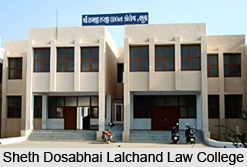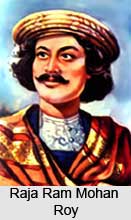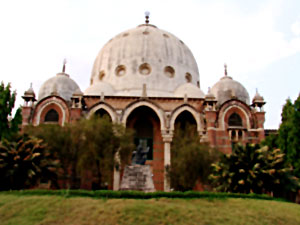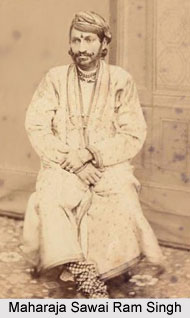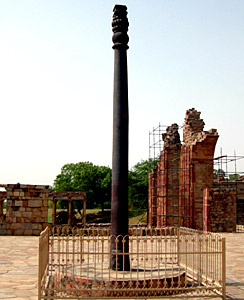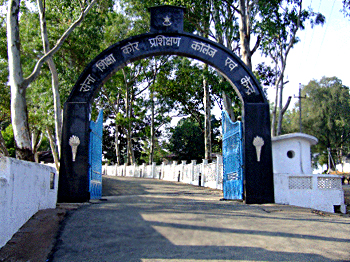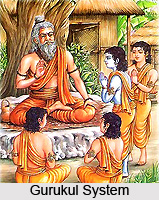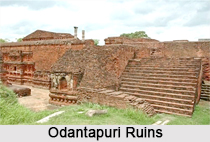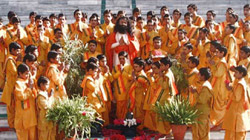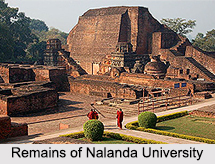Education in India is amongst various other elements that have supported and helped the nation to achieve development. Indian education system is fascinating and it has gradually reached the present status with several other contributions. The history of education in India is equally enthralling. Historical Background of Indian Education includes the involvement of Vedas, Puranas, Ayurveda, Yoga, Kautilya`s Arthasahtra which has significantly contributed to the development of Education in Modern India. The present education system in India is also influenced by the spread of different religions such as Buddhism and Jainism as well as Bhakti and Sufi movements.
Education in modern India gained a whole new facet with the promotion of western education in India, which almost inevitably started with the coming of the British. The British employed the strategy of emotional and intellectual colonisation in India, to consolidate the political immigration. It was the affinity of the elite section of Indian society to English culture, ideology and education, which facilitated the British to psychologically harness the nation`s outward mindset. The British wanted the malleable Indians to learn, speak and believe English and become shadows of Englishmen.
In the Charter of 1833, English was announced to be the official language in India. The advent of English education in British India was thus a reformation movement of the 19th century which provided opportunity for the women and people belonging to the lower castes for education. Thus, the British is credited for bringing a revolution in the Indian education system. The colonial period, from 1757 to 1947, were the period for the uprising for various scholars and reformists. The introduction of institutions, for Western education based learning, was introduced by the beginning of the early nineteenth century. Thus the education system involved the British curriculum and English as the medium of instruction.
India saw the rising of various government universities at Bombay (Mumbai), Calcutta (Kolkata) and Madras (Chennai). Apart from the Indian Universities and Governmental colleges, several Non-Government and Private schools were also established by Western Christian missions, to provide opportunities for elementary education. Women education became prevalent with the advent of the British and different Women`s colleges were founded and Female education in British India flourished. Education in Modern India emerged gradually from the prevailing medieval period education. The curriculum in private girls` schools ranged from the Urdu, Persian, writing, arithmetic, needlework, and Islamic studies of Punjabi. Moreover English language became the medium of instruction because it was believed that English language would make Indians capable of receiving knowledge across international borders
Education in Modern India comprises of primary education, secondary education, senior secondary education and higher education. Elementary education consists of eight years of education, while secondary and senior secondary education consists of two years of education respectively. Higher education in India starts after passing the higher secondary education and Post graduation courses are generally of two to three years of duration. After gaining independence in 1947, India made a rule that education is made available to all.
Post-independence, with the further development of the nation, education system in India has also improved drastically. Numerous colleges and institutes have emerged all over the country to provide better educational opportunities to the students. Development of Education in India is one of the factors driving the nation towards further enhancement.

